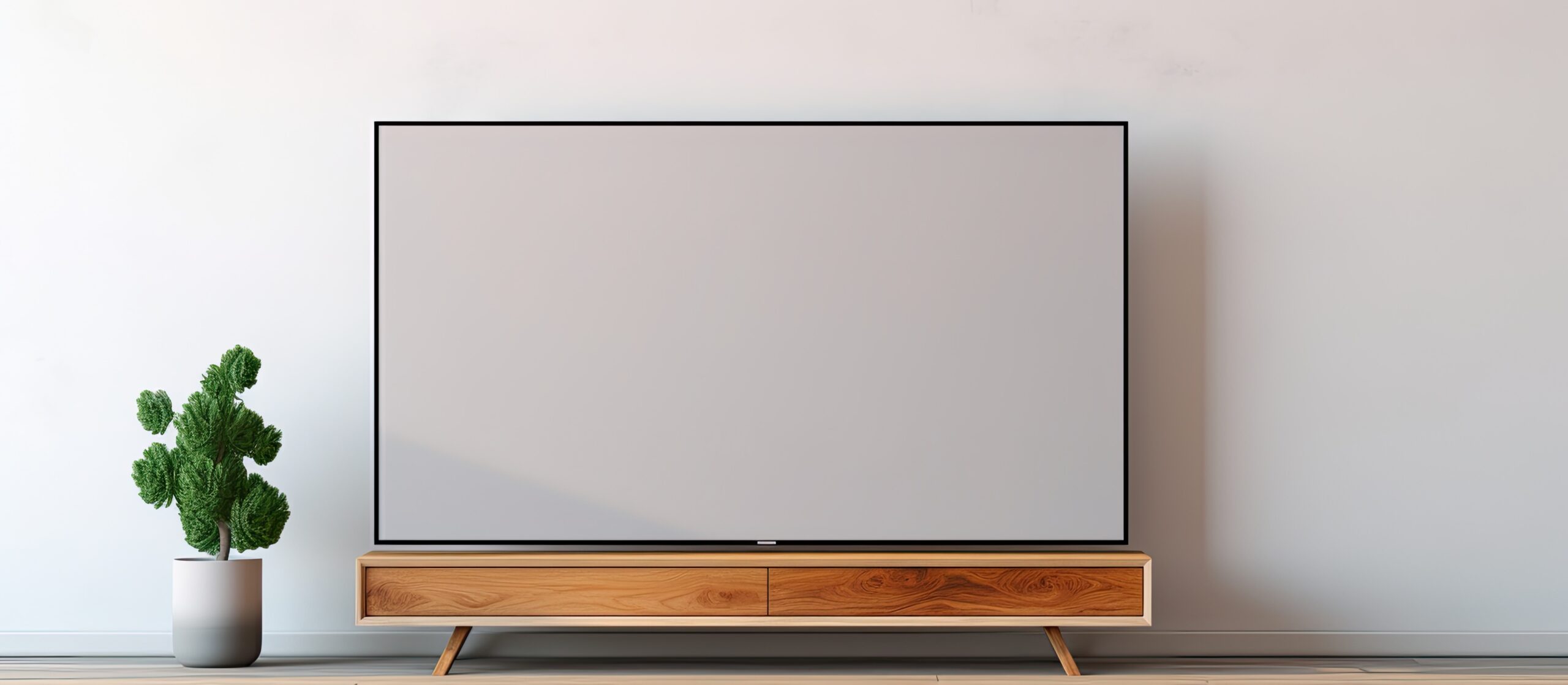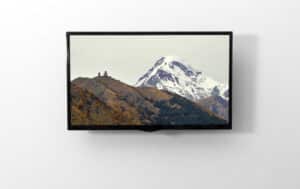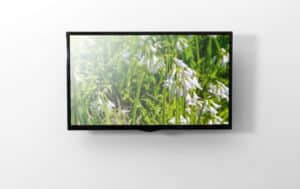How To Connect DVD Player To Smart TV?
Key Takeaways
- The best way to connect a DVD player to a smart TV is by using an HDMI cable.
- If your DVD player or smart TV does not have HDMI ports, there are alternative connection options you can consider such as RCA cables, component video cables, composite video cables, and converters.
- If you encounter any connectivity issues while connecting your DVD player to your smart TV, try troubleshooting steps including checking connections, using a different HDMI cable or port, ensuring the correct TV input, and consulting user manuals for specific troubleshooting steps.
Connecting a DVD player to a smart TV allows you to enjoy your favorite movies and shows on a larger screen with better picture and sound quality. The process may seem daunting, but with the right cables and a few simple steps, you can easily connect your DVD player to your smart TV. In this article, we will provide you with a detailed guide on how to connect a DVD player to a smart TV.
Using an HDMI Cable
The best way to connect a DVD player to a smart TV is by using an HDMI cable, especially if both devices have HDMI ports. HDMI (High-Definition Multimedia Interface) provides high-quality digital audio and video signals in a single cable, ensuring a seamless connection between your DVD player and smart TV.
To connect your DVD player to your smart TV using an HDMI cable, follow these steps:
- Check for HDMI ports on both the DVD player and the TV. If both devices have HDMI ports, proceed to the next step. If not, consider alternative connection options.
- Obtain an HDMI cable of the appropriate length.
- Connect one end of the HDMI cable to the HDMI output port on the DVD player.
- Connect the other end of the HDMI cable to the HDMI input port on the smart TV.
- Ensure a secure connection by firmly plugging in the HDMI cable.
- Power on both the DVD player and the smart TV.
- Use the TV remote to select the HDMI input option that corresponds to the connection.
By following these steps, you should be able to connect your DVD player to your smart TV using an HDMI cable.
Alternative Connection Options
If your DVD player or smart TV does not have HDMI ports, there are alternative connection options you can consider:
- RCA Cables: RCA cables, also known as composite cables, consist of three color-coded plugs (red, white, and yellow) that carry analog audio and video signals. Connect the RCA cables from the DVD player’s RCA output ports to the corresponding RCA input ports on the smart TV.
- Component Video Cables: Component video cables provide higher-quality analog video signals compared to RCA cables. They consist of three color-coded plugs (red, green, and blue) for video and two plugs (red and white) for audio. Connect the component video cables from the DVD player’s component video output ports to the corresponding component video input ports on the smart TV.
- Composite Video Cables: Composite video cables carry analog video signals through a single yellow plug. Connect the composite video cable from the DVD player’s composite video output port to the composite video input port on the smart TV.
- Converters: If your devices have different types of video connections, you can use converters to make them compatible. For example, if your DVD player has component video output and your smart TV only has HDMI ports, you can use a component to HDMI converter.
When using alternative connection options, it is important to ensure that the output options on your DVD player and the input options on your smart TV are compatible.
Troubleshooting Connectivity Issues
If you encounter any connectivity issues while connecting your DVD player to your smart TV, try the following troubleshooting steps:
- Check all connections to ensure they are secure and properly plugged in.
- Verify that the HDMI cable is functioning properly by trying a different cable or connecting to a different HDMI port on the TV.
- Make sure the TV input is set correctly to the corresponding input option.
- Refer to the user manuals of your DVD player and smart TV for specific troubleshooting steps.
By following these steps and troubleshooting tips, you should be able to successfully connect your DVD player to your smart TV and enjoy your favorite movies and shows.
Related Websites:
FAQs:
Q: Why is it important to connect a DVD player to a smart TV?
Connecting a DVD player to a smart TV enhances your viewing experience by allowing you to watch your favorite movies and shows on a larger, high-definition screen with better audio quality.
Q: What are the different types of connections available for connecting a DVD player to a smart TV?
There are different types of connections available, including HDMI, component, and composite. HDMI is the most common and recommended for high-quality video and audio transmission.
Q: How do I connect a DVD player to a smart TV using HDMI?
To connect via HDMI, you need to identify the HDMI port on both the DVD player and the smart TV, connect the HDMI cable, and then select the correct HDMI input on your smart TV.
Q: What should I do if I encounter audio/video issues or poor image quality when connecting a DVD player to a smart TV?
If you experience audio/video issues or poor image quality, ensure compatibility between the DVD player and the smart TV. Check the correct input selection and make sure the cables are connected properly. You can also try troubleshooting tips like restarting the devices or using different cables.
Q: Are there alternative methods for connecting a DVD player to a smart TV?
Yes, there are alternative methods. You can explore wireless options like Wi-Fi enabled DVD players. Additionally, streaming devices or game consoles with DVD capabilities can be used as an alternative connection method.






